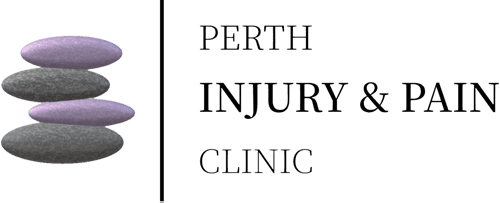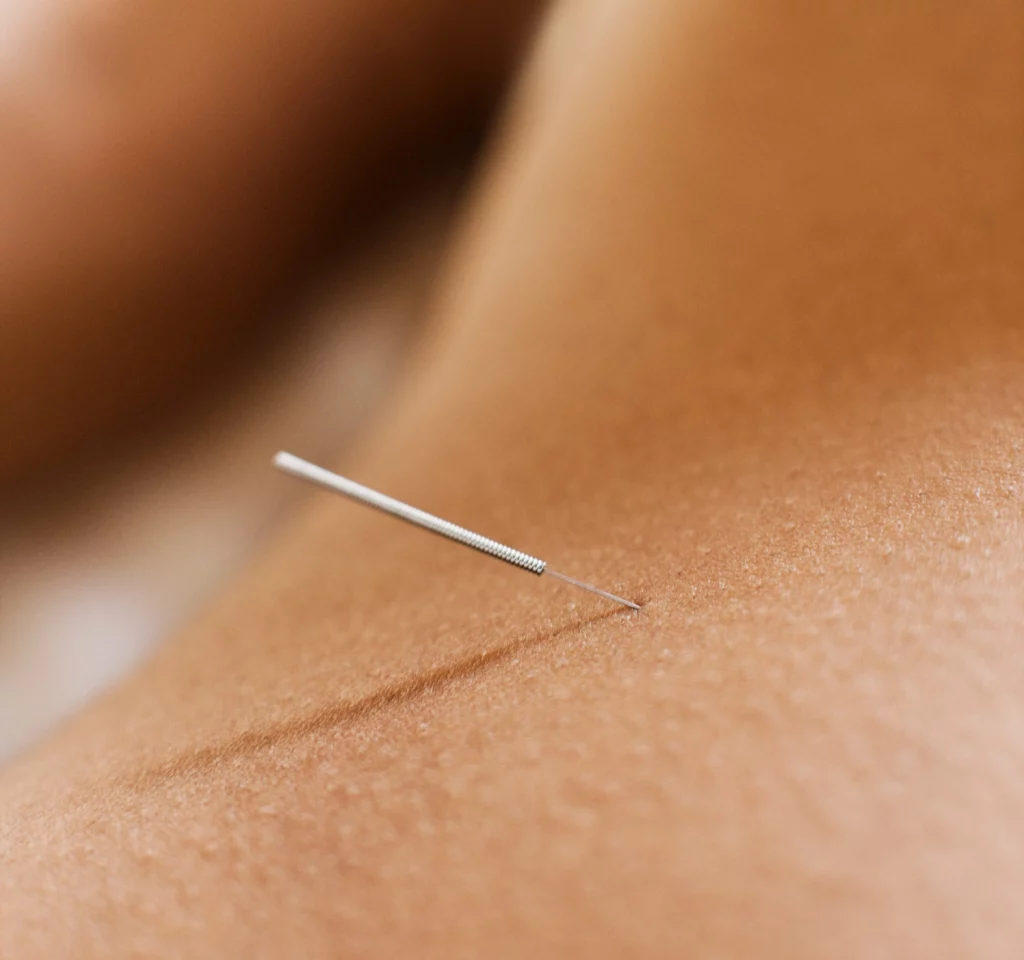What is Dry Needling?
Dry Needling is the use of sterilised fine filament needles, which are inserted into the tissue, trigger point or specific neuromuscular tissue. This is done with the goal of ‘releasing’ the muscle tissue and stimulates a specific and localised healing response in the area. There are numerous injuries, conditions and symptoms which can be treated by Dry Needling.
So how does Dry Needling help?
Our body and the systems that govern it are so amazingly complex and truly amazing, When we sustain an injury or tissue trauma, our bodies recognise this an illicit a healing response which includes a cascade of events to take place. These events include a rush of inflammatory and healing chemicals, blood vessel changes and other mechanisms.
A similar process takes place with dry needling – when the fine filament needle is inserted into the specific tissue, the body identifies this minute insult to the tissue and triggers the healing response. Secondly, the activation of pain pathways takes place. Simply speaking there are several types of nerve fibres that are responsible for sensing pain: A-delta fibres, A-beta fibres and C- fibres.

– A-delta fibres are responsible for are small, myelinated, and moderate sensory conductivity speed. These fibres mediate the sensation of cold and the secondary components of cold sensation and pain.
– A-beta fibers sense our touch and pressure sensations
– C-fibres are the smallest diameter, non-myelinated, and slowest sensory and motor conductivity.
When the fine filament needles are inserted, the receptors in this area are activated. When these are activated several things occur, Vasodilatation takes place (blood vessels widen and blood flow increases) and Nerve growth factor is released (assists with nerve regeneration). This is believed to decrease pain sensations.
What are Trigger Points?
Trigger points are taut bands within the muscle fibres, also commonly known as ‘muscle knots’. This ‘knot’ inhibits blood flow and causes an accumulation of toxins, waste products and chemicals. This build up can irritate the muscle and cause pain at the site of the trigger point and also refer pain to other areas of the body, known as ‘referral patterns’.
So what causes trigger points? Well, the research isn’t as clear on that but some of the leading ideas include; Chronic stress conditions, repetitive strain of the muscle, impaired posture, injury, vitamin deficiency (Dommerholt, 2011).
Is Dry Needling safe?
Yes, Dry Needling is a safe and effective treatment method for many different soft-tissue pathologies. However, as with any treatment modalities there are contraindications for the use of dry needling, these includes;
- Blood Clotting Disorders
- Skin Lesions, rashes or open wounds
- Blood thinning medications
- Areas of implants
- Blood diseases or pathologies (hepatitis, HIV/AIDS)
Is Dry Needling the same as Acupuncture?
No. Although acupuncture and dry needling may use the same tool (sterilised fine filament needle), the principal and purpose of the two approaches are different.
Acupuncture is based in Eastern Philosophy of Medicine and has reportedly thought to date back thousands of years. During acupuncture, the needles are usually inserted shallow (superficially) in ‘acupoints’ or acupuncture pressure points that are associated with ‘meridians’ of the body (Zhou, Ma, & Brogan, 2015).

Conversely, Dry Needling is based in Western Medicine and is used to treat specific musculoskeletal tissue and trigger points. Needles can either be inserted superficially or deep – depending on the specific area, tissue and condition (Zhou, Ma & Brogan, 2015). Furthermore, the needles may be ‘manipulated’ by performing ‘fanning technique’ (where the needle is pulled up a few millimetres, then re-inserted in a slightly altered degree of orientation and repeating this multiple times), twisting the needle or ‘flicking’ – (which is as it sounds).
What conditions can be treated with Dry Needling?
Dry Needling may assist in the treatment of numerous musculoskeletal conditions and pathologies. Presentations of pain syndromes, movement impairments and other neuromuscular issues can also benefit from Dry Needling treatment, this includes;
- Muscle Strains
- Bruising & Swelling reduction
- Muscular Tightness
- Repetitive strain injuries
- Fascial-related issues
- Epicondylalgia (Tennis & Golfer’s Elbow)
- Rotator Cuff dysfunction
- Over-tension issues
- Scar Tissue
- And more…

Final Thoughts on Dry Needling
Dry needling is a safe and effective treatment modality that can be very beneficial for the treatment of common musculoskeletal injuries and conditions. However, there are some contraindications for specific conditions which means it may not be suitable to all.
As with any modality, each person is unique and may respond differently to this treatment method. Furthermore, it is a treatment method – one that can be a very useful tool in the toolbox of a good therapist – but a single method all the same. It is not necessarily the be all and end all. Therefore, can be one of the multiple treatment modalities used to treat and rehabilitate injuries (just like exercises, nutrition etc.)
References
Dommerholt J. (2011). Dry needling – peripheral and central considerations. The Journal of manual & manipulative therapy, 19(4), 223–227.
Zhou, K., Ma, Y., & Brogan, M. S. (2015). Dry needling versus acupuncture: the ongoing debate. Acupuncture in Medicine, 33(6), 485-490.

